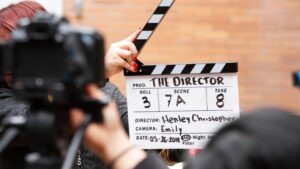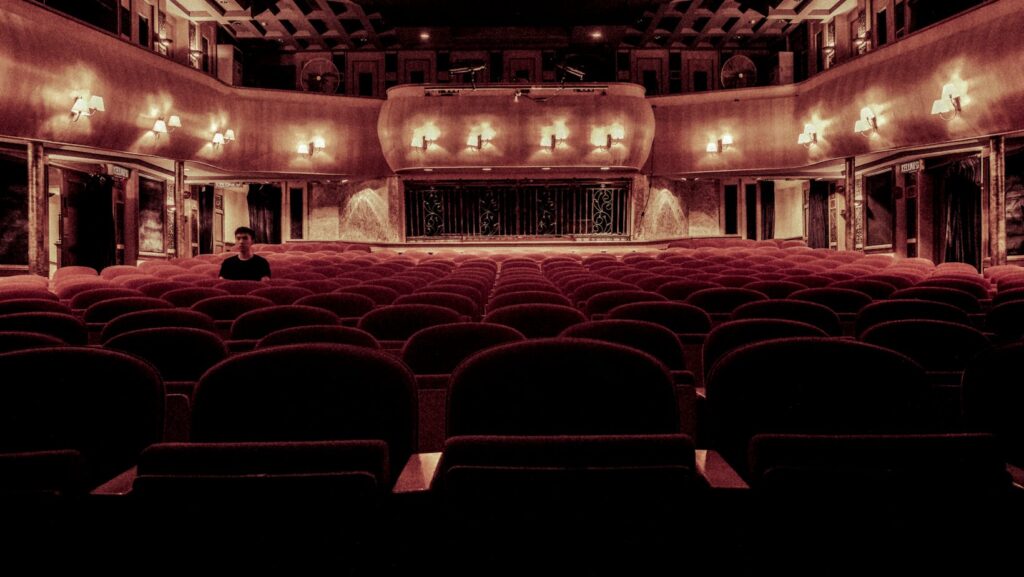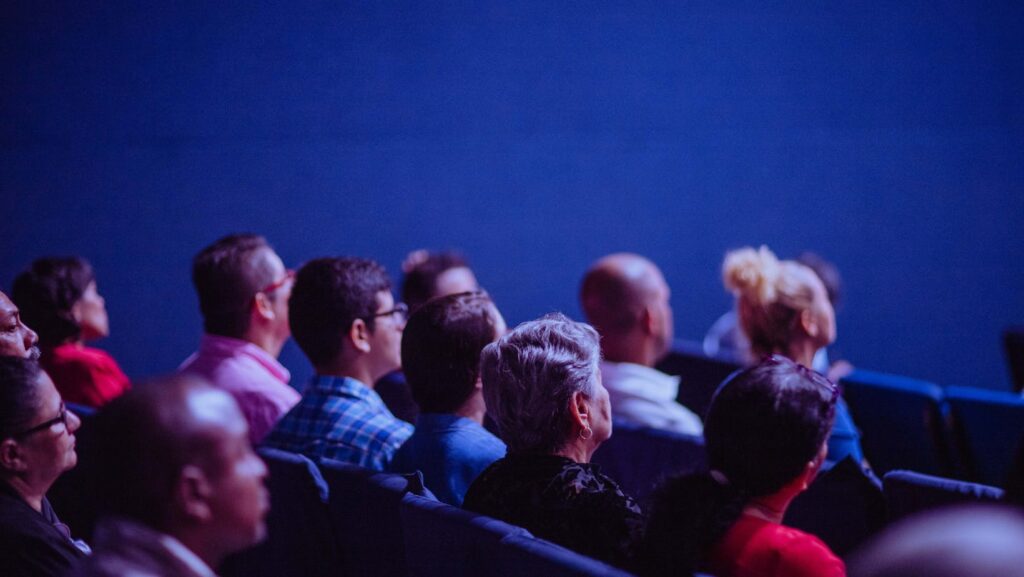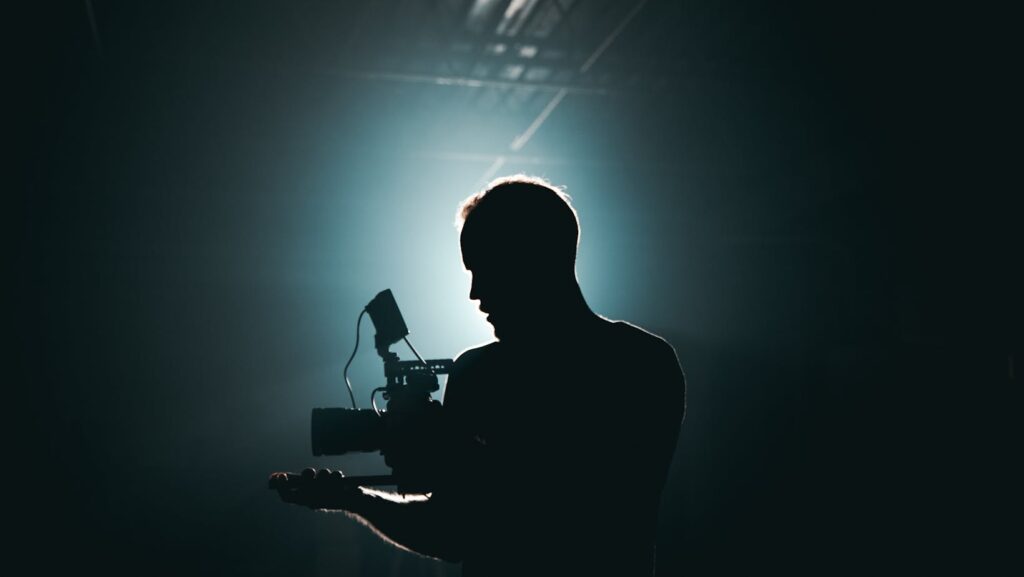In the vast landscape of film, look cinema movies hold a unique position. They’re the gems that not only entertain but also offer a visual feast for the eyes, turning the viewing experience into an immersive journey. From stunning cinematography to intricate set designs, these films capture the essence of visual storytelling.
Look Cinema Movies
 Unfolding the evolution of look cinema movies enlightens one on its roots, revolutionary advancements, and transformative impact on the film industry. This journey dating from inception to the present time, portrays a compelling narrative of artistic progression and technological transformation.
Unfolding the evolution of look cinema movies enlightens one on its roots, revolutionary advancements, and transformative impact on the film industry. This journey dating from inception to the present time, portrays a compelling narrative of artistic progression and technological transformation.
The inception of look cinema movies harks back to the early 20th century when films first introduced elements of visual narrative storytelling. These rudimentary manifestations were primarily in black and white, focusing on imbibing visual techniques such as lighting, shadows, and the use of props to narrate a storyline.
Key Features of Look Cinema Movies
 Look cinema movies display a visually precise style, using every frame to impart a deeper understanding of the narrative. Keeping the viewer engaged, filmmakers employ advanced cinematographic techniques that capture exquisite narratives through their use of colors, angles, and lighting. Films such as Wes Anderson’s ‘The Grand Budapest Hotel’ illustrate this, presenting controlled symmetry and a distinct pastel color palette.
Look cinema movies display a visually precise style, using every frame to impart a deeper understanding of the narrative. Keeping the viewer engaged, filmmakers employ advanced cinematographic techniques that capture exquisite narratives through their use of colors, angles, and lighting. Films such as Wes Anderson’s ‘The Grand Budapest Hotel’ illustrate this, presenting controlled symmetry and a distinct pastel color palette.
Equally crucial, the sound design and music in look cinema movies are intricate and vibrant, driving the narrative as effectively as the visuals. The elements of sound design – be it dialogue, sound effects, or background score – seamlessly blend into the films, enhancing mood, depicting character, and setting cinema movies apart. For instance, in Christopher Nolan’s ‘Dunkirk’, the sound design is a pivotal component, using a constant ticking sound and intense score to build tension and depict the urgency of war.
The Viewing Experience
Atmosphere and Audience Engagement
Look cinema movies stand out for their unique atmosphere, created through skillful cinematography and sound design. These movies prioritize visual storytelling elements, employing techniques like lighting, color grading, and framing. For example, Stanley Kubrick’s ‘Eyes Wide Shut’ uses clever lighting techniques to evoke mood, while Wes Anderson’s movies boast distinct color palettes that heighten the narrative.
 Sound design in Look cinema is equally vital, shaping the ambiance and driving the plot. Think of Christopher Nolan’s ‘Interstellar,’ where the innovative use of sound carries the audience through space exploration sequences.
Sound design in Look cinema is equally vital, shaping the ambiance and driving the plot. Think of Christopher Nolan’s ‘Interstellar,’ where the innovative use of sound carries the audience through space exploration sequences.
In Look cinema, visuals and sound aren’t just ancillary details, but co-conspirators in the storytelling process. This cohesion results in a multisensory narrative that draws audiences in, making Look Cinema movies an engaging viewing experience.
Differences from Traditional Cinemas
Traditional movies often lean heavily on dialogue and action to convey their narratives. In contrast, Look cinema movies favor visual storytelling and sound design, providing a more immersive viewing experience.
Traditional cinema’s narrative development prioritizes the sequence of events, while Look cinema places equal, if not greater, emphasis on their depiction. They focus on showcasing the intricacies of scene composition and sound design, both playing significant roles in shaping the narrative. These differences alter the overall perception of the film, offering an artistically layered experience to the viewers.
Additionally, Look cinema movies experiment with time and space more liberally, taking advantage of advancements in technology to deliver visually striking and aurally immersive narratives.
The distinctive characteristics of Look cinema movies set them apart from traditional films, altering the rules of visual storytelling and audience engagement in the process.
Revolutionizing the Film Industry
Look cinema movies have indeed revolutionized the film industry. They’ve taken us on a sensory-rich journey, blending technology with art to deliver immersive experiences. It’s their unique visual storytelling and sound design that sets them apart, captivating audiences like never before. From early color films to the digital age, look cinema has consistently pushed boundaries, shaping industry trends. Movies like ‘Avatar,’ ‘The Grand Budapest Hotel,’ and ‘Dunkirk’ are testament to this transformative power.


